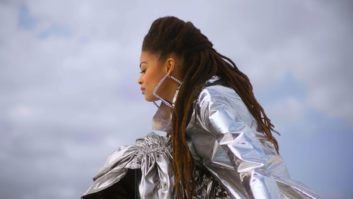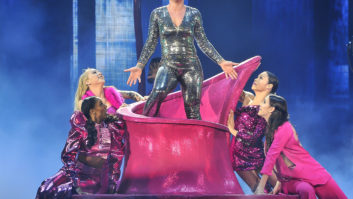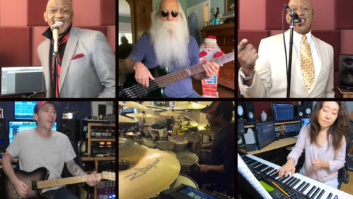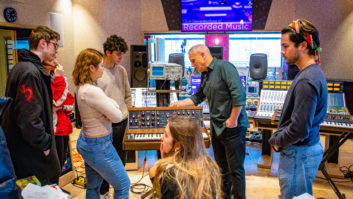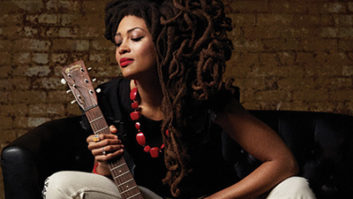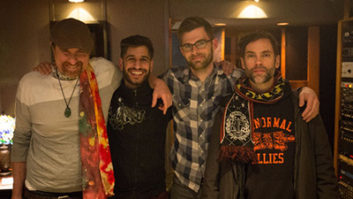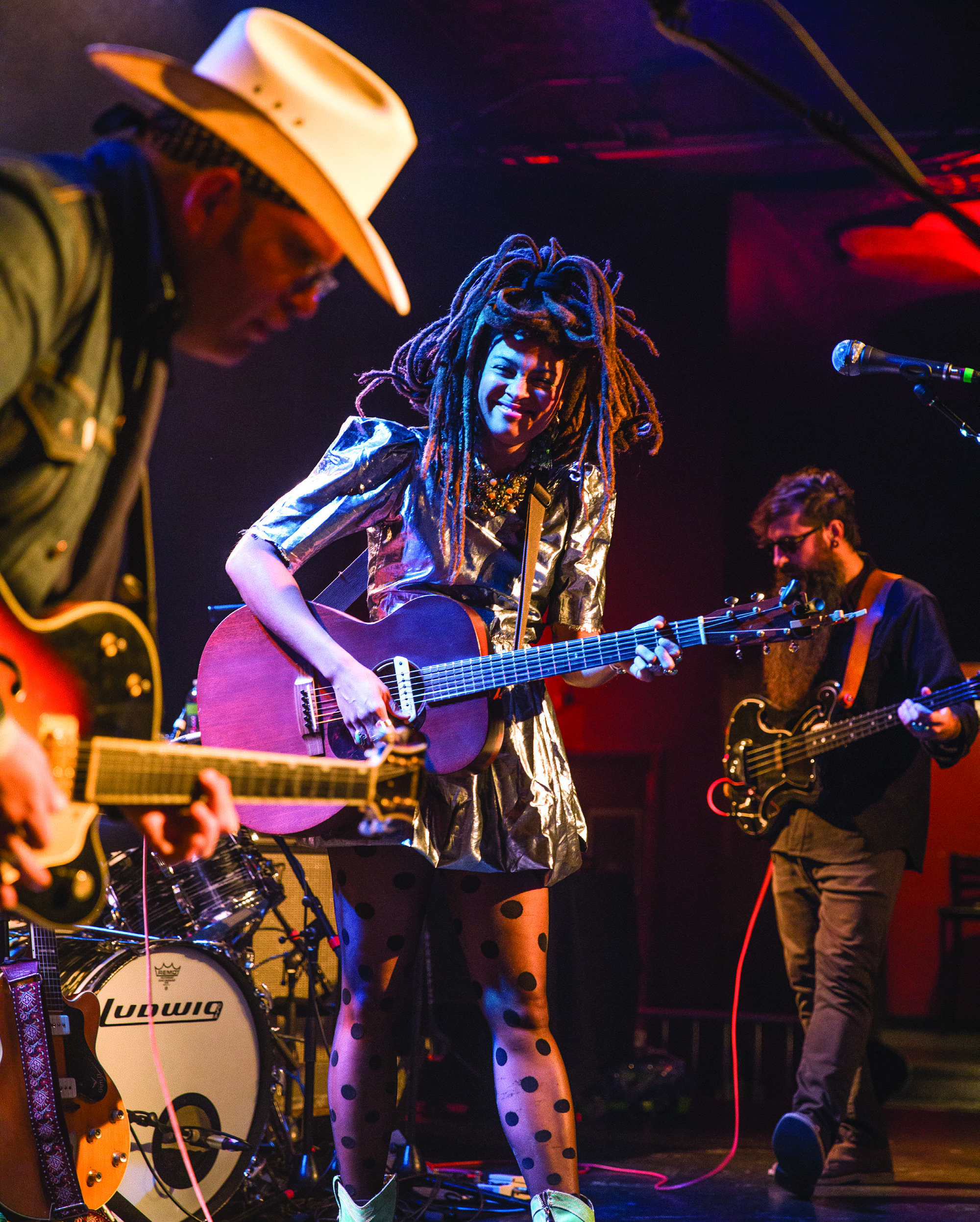
Bringing your brand of gospel-inspired country bluegrass to the international stage is certainly a huge musical achievement. However, receiving Bob Dylan’s endorsement? That’s next level. Yet, Valerie June’s live performance is both humble and commanding, veering deftly between country twang and her hometown Memphis blues. The venues change, but the power doesn’t. Finding that balance from room to room is the challenge for FOH engineer John Michaels and monitor engineer Davey Martinez. And it starts with the voice.
“On Valerie’s vocal we use a beyerdynamic M500 or TG-V90R,” explains Michaels. “For compression on Valerie, I really have to be careful. She has a lot of power and wants to use it without being restricted. Typically, I’d use an Empirical Labs Distressor plug-in or the actual unit, or a BSS901-II. When I can’t get those, I’ll try to use a multiband comp and adjust the attack and release times on the problem areas to remove any anomaly from the room that may be causing an issue. I’ll use 3:1 or 3.5:1 ratio at the most.
“A lot of what I do with Valerie on her vocal comes from knowing when she is going to get quiet and when she is going to really belt it out, so I do a lot of riding the fader instead of having a compressor pull back on her vocal when she doesn’t want it to be.”
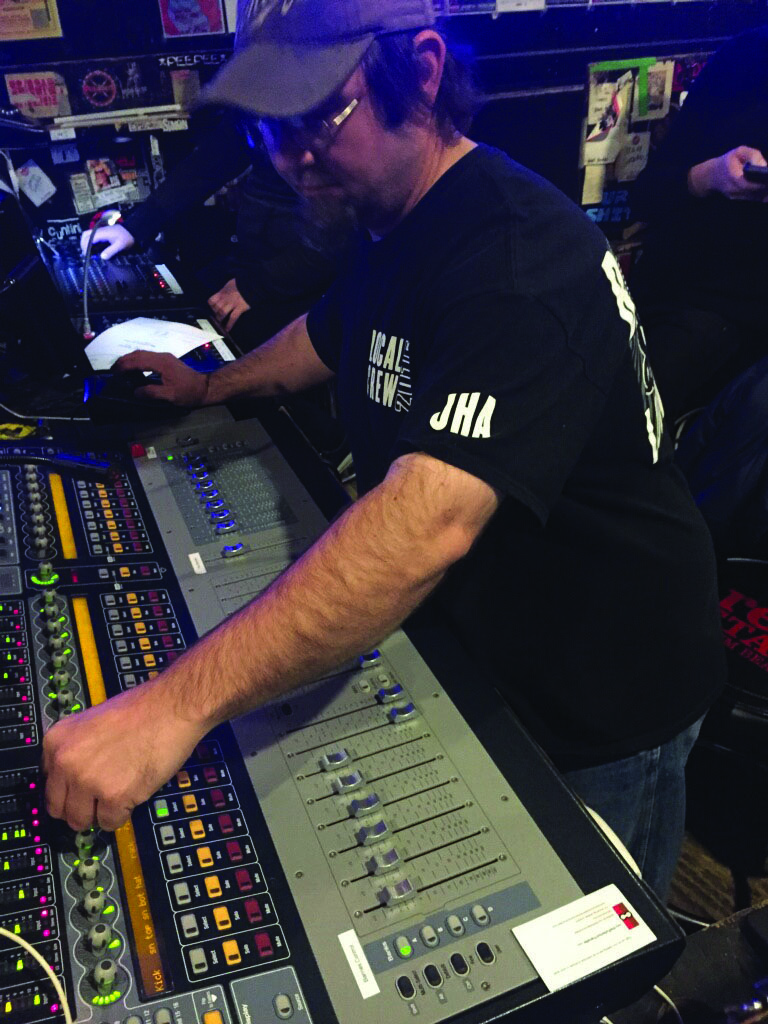
The crew has a full mic package for this tour, consisting of beyerdynamic, AEA ribbons, Sennheiser, and Shure models. They carry one Shure PSM900 for Valerie’s in-ear monitors, with JH Roxanne molds.
“Given the nature of Valerie’s busy touring schedule, not only in the States but in Europe and elsewhere, the Midas M32C was the easiest ‘fly-ready’ monitor console solution,” adds Martinez. “We use the RF Venue collapsible helical antenna with the PSM900 unit, again being the best fly-ready solution to having the same antenna everywhere.”
Let’s not forget about the band, because they are in control of those vulnerable dynamics from the first note. Ryan Sawyer (drums), Andy Macleod (electric guitar), Dave Sherman (keys), and Matt Marinelli (bass) bring the swing to the more soulful moments as much as they handle the bluesy stomp that runs throughout the entire set. “It’s very active for me at FOH—the whole show is full of dynamics, so there’s a lot to look after,” says Michaels.
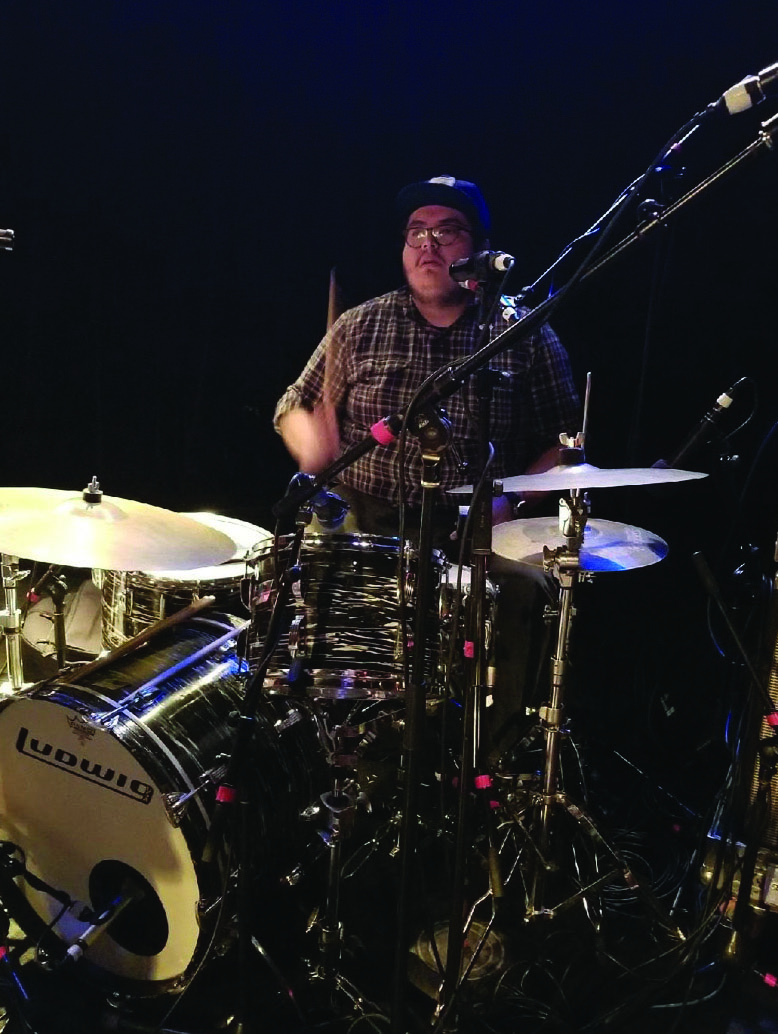
It may be a fusion of influences, but this music has always been about storytelling. So what’s the best way to harness all of that talent in one direction? “Onstage, Valerie and the band are super-dynamic, but definitely in a good way,” says Martinez. “In doing monitors for this band, there aren’t many over-the-top mix tricks happening for their stage sound. Everyone is an amazingly talented player; so proper gain structure and EQ just lets the band shine through. The true challenge is creating consistency with having different wedges from night to night and being in different spaces. I put a lot of work in the changeover, re-ringing wedges given the crowd’s absorptive qualities. I’m able to bring upper midrange and high frequencies back into the wedge mixes to give me more of what I had at an empty soundcheck. With the M32C via the iPad control, I’ll easily jump around from position to position to tweak monitors.”
The power of Valerie’s voice is a running theme when working out the sound kinks in a given space. It can be sweet and bright, but those bluesy growls need to shine through and not overpower the band. Most importantly, she knows exactly how it should sound. “Back in 2014, Valerie described how she wanted her voice to sound in a room, and how she felt the reverb should ring, and how she heard the sound, so I do my best to create that atmosphere at every gig by using the space given,” says Michaels.
There’s a raw confidence to everything happening on the stage, and so much of that stems from the subtle blend of genres in June’s music. The Order of Time, her 2017 release, hits all of the signature sounds of her rural roots. However, it always feels a step ahead, peppering in folk and even some old-fashioned rock ’n’ roll. It’s unexpected yet potent because it’s supposed to be, and Michaels and Martinez aim to bring that to every performance.
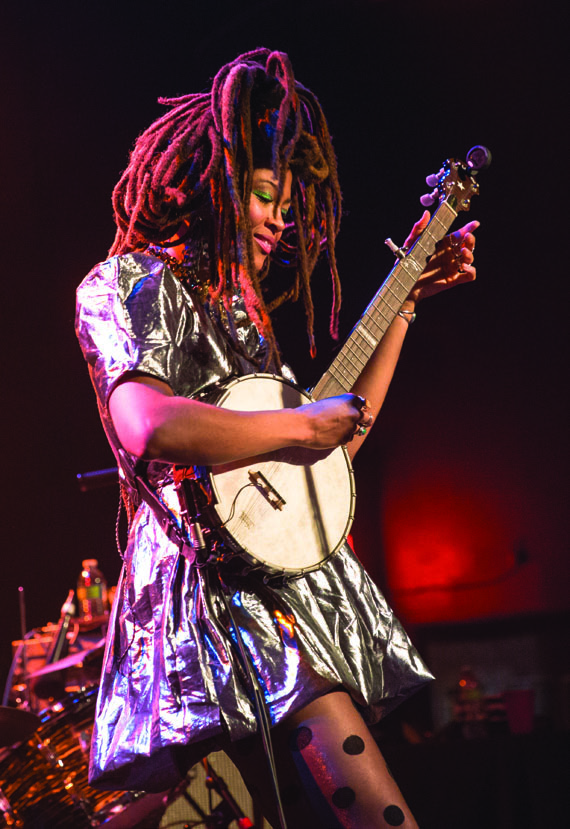
“The band’s sound is really whatever the song wants it to be—this isn’t your normal cookie-cutter rock band, or standard blues band. This is more along the lines of Bob Dylan or Joni Mitchell or Willie Nelson,” says Michaels. “Every song has its own story to tell, and every concert is a story about the storyteller. I try to do very little to color the sound; I want to make the speakers invisible so the band is connecting right to the audience. The more I can keep everything even and consistent out front, and let the songs and the performers connect, the better of a job I›ve done. “
“For Valerie, it may not just be re-EQ’ing her wedge mix or ears, but finding the right dry-to-reverb ratio,” adds Martinez. “For her singing style and voice, it isn’t simply a loudness over the rest of the band issue, but having the ‘singing in an acoustic space’ feeling. Having the correct ratio allows her to be a much more nuanced and expressive performer, and to perform the way she wants to. Once all that is sorted out, there are just specific cues that are specific to certain songs and certain musicians that need to happen. Generally, it is a great time being side-of-stage. The best parts are just getting to know Val and the band, developing the knowledge of the music, and just have their back while they’re doing their thing.”
Clearly, the band and crew are landing every punch. After all, she has Bob Dylan’s attention now.
